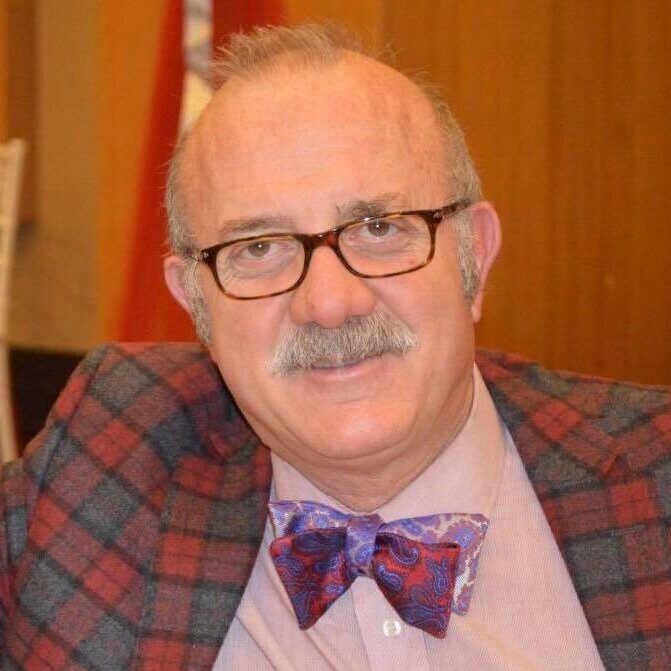Loss of Dermatan-4-Sulfotransferase 1 Function Results in Adducted Thumb-Clubfoot Syndrome
Adducted thumb-clubfoot syndrome is an autosomal-recessive disorder characterized by typical facial appearance, wasted build, thin and translucent skin, congenital contractures of thumbs and feet, joint instability, facial clefting, and coagulopathy, as well as heart, kidney, or intestinal defects. We elucidated the molecular basis of the disease by using a SNP array-based genome-wide linkage approach that identified distinct homozygous nonsense and missense mutations in CHST14 in each of four consanguineous families with this disease. The CHST14 gene encodes N-acetylgalactosamine 4-O-sulfotransferase 1 (D4ST1), which catalyzes 4-O sulfation of N-acetylgalactosamine in the repeating iduronic acid-alpha1,3-N-acetylgalactosamine disaccharide sequence to form dermatan sulfate. Mass spectrometry of glycosaminoglycans from a patient’s fibroblasts revealed absence of dermatan sulfate and excess of chondroitin sulfate, showing that 4-O sulfation by CHST14 is essential for dermatan sulfate formation in vivo. Our results indicate that adducted thumb-clubfoot syndrome is a disorder resulting from a defect specific to dermatan sulfate biosynthesis and emphasize roles for dermatan sulfate in human development and extracellular-matrix maintenance.
